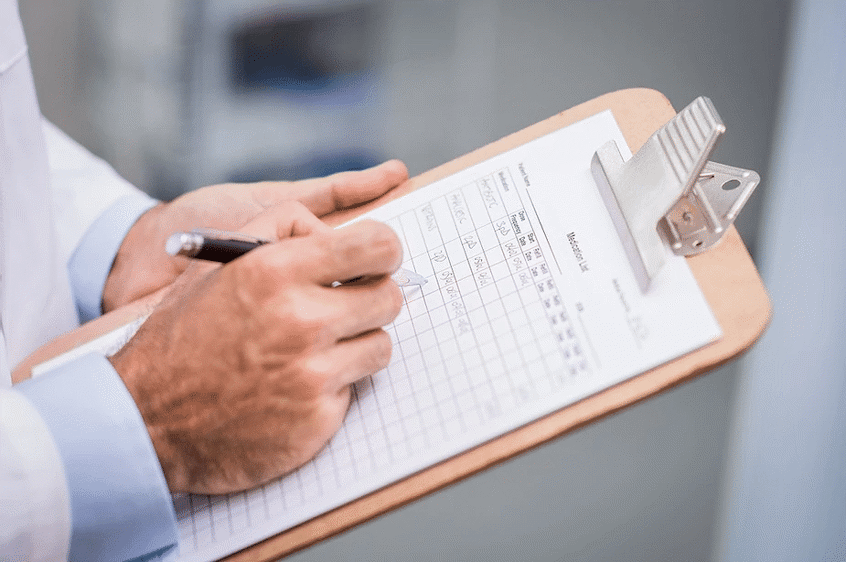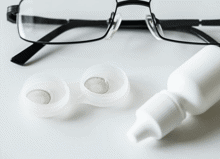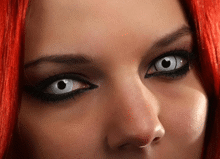Understanding your contact lens prescription
With the numbers of people who wear contact lenses steadily increasing it is becoming more likely that each of us will have to delve into the often confusing area of contact lens prescriptions and try and make sense of just why your spectacles are a different prescription to your contact lenses, surely they should be the same, right?

Well, the simple answer is that your contact lens prescription is based on your spectacle prescription, but in fact often must be adapted in order to do the same job as your glasses.
The difference between spectacle and contact lens prescription
The main difference is that spectacles can sit anything from 10 to 15mm from your eye and this influences your spectacle prescription. Thinking back to your sight test your Optometrist places a trial frame on your face and establishes a prescription based on this frame, but during a contact lens fitting you rarely wear this trial frame.
With the contact lens sat in position on your eye your optometrist often has to reduce short-sighted prescriptions and increase long-sighted prescriptions to give the same result as in spectacles.
The next common difference between spectacle and contact lens prescriptions is when optometrists are correcting both distance and either computing or near vision in the same pair of contact lenses.
The two main ways of aiding distance and near would be:
- Monovision contact lenses
- Multifocal contact lenses.
Monovision is typically where the dominant eye is fitted with a distance prescription and the non-dominant eye with a version of the near prescription. As such the near prescription can look very different to the spectacle prescription in contact lenses.
Multifocal lenses prescriptions will typically have a distance prescription with a plus number or the word low, medium or high followed by add, this tells you how much magnification is needed to be added to the distance prescription to help with reading vision. This add is always recorded as a plus number as plus prescriptions magnify images and minus numbers minify them.
What do the numbers mean?
The final parts of the contact lens prescription are the numbers that usually come before the actual power of the lens.
Typically, when you look at your contact lens prescription you will see something that looks a bit like:
- BC 8.6
- DIA 14.1
- -2.25
- 2022/01
So, BC stands for basecurve, and tells us how steeply curved the back surface of the contact lens is. In a way it is a bit like t-shirt shopping, where items will come in small, medium or large, well, different contact lens suppliers design their lenses to fit different shaped eyes. This measurement is in millimetres.
An optician will be trying to determine the best fitting lens for your eye.
DIA stands for diameter and represents the total outer size of the contact lens. As with the the basecurve different manufacturers of contact lenses will design their lenses around different size requirements. This measurement is also in millimetres.
The final two numbers above are the power of the lens and the expiry date, beyond which the lenses mustn’t be used.
Consult your local opticians
So, that’s a quick walk through the differences between spectacle and contact lens prescriptions and what the numbers mean.
As always, this is a general guide and if specific queries are raised then always speak to your Optometrist or contact lens provider.

Search for a local optician
Discover quality frames and personalised fitting service at your local independent optician.
Related articles





